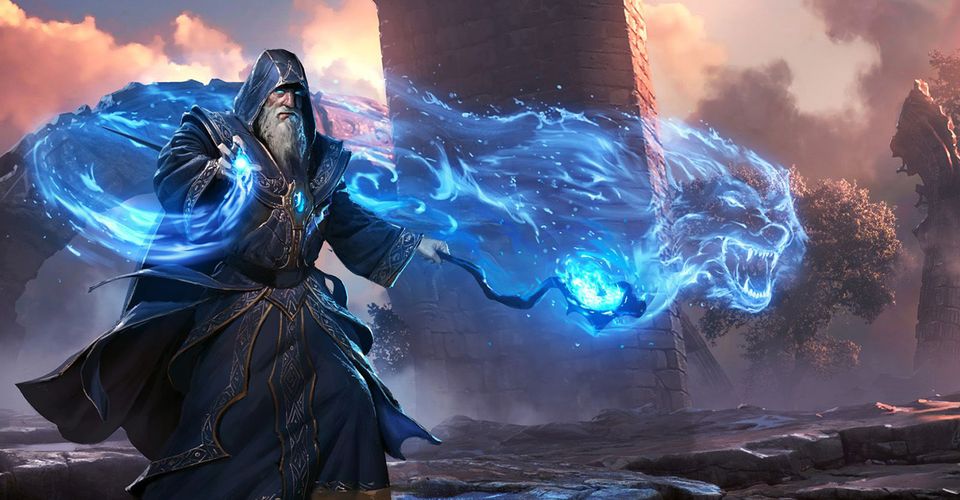For the Raven Queen
last updated: 7 May 2020 (approximate reading time: 4 minutes; 680 words)
One of the great strengths of Dungeons & Dragons (and role-playing games in general) is that it encourages imaginative play. To foster this, while D&D consists of core game mechanics and numerous hardcover rule books, the Dungeon Master (DM) is the final arbitrator of what rules to use as written, to modify, or to discard in their specific game.
This page collects those house rules (aka “homebrew”) that we use at our table. I’ve posted it as an archive/resource for our game, as well as to give anyone else some inspiration for their own homebrew rules.

Healer’s Kit + Medicine Proficiency
If a character has proficiency in the Medicine skill and uses a healer’s kit, they can do the following:
- When one use of a kit is spent to stabilize a dying creature, that creature also regains 1 hit point.
- As an action, the character can spend one use of the kit to restore 1d6+4 hit points, plus one hit point for each of the creature’s hit dice. The medicine kit can’t be used to tend to the wounds of the same creature this way until the creature finishes a short or long rest.
Reason for the rule: It seems a waste of a feat to require the Healer feat to do slightly better than what anyone can do with a healer’s kit without the feat.
Revised Wizard Order of Scribes 6th level Arcane Tradition
Master Scrivener
Whenever you finish a long rest, you can create one magic scroll by touching your Wizardly Quill either to your skin or to a blank piece of paper or parchment and causing one spell from your Awakened Spellbook to be copied onto the scroll.
The spellbook must be within 5 feet of you when you make the scroll.The chosen spell must be of 1st or 2nd level and must have a casting time of 1 action. Once in the scroll, the spell’s power is enhanced, counting as one level higher than normal. You can cast the spell from your skin or from the scroll by reading it as an action. The scroll is unintelligible to anyone else, and the spell vanishes from your skin or the scroll when you cast it or when you finish your next long rest.
You are also adept at crafting spell scrolls, which are described in chapter 7 of the Dungeon Master’s Guide. The gold and time you must spend to make such a scroll are halved if you use your Wizardly Quill.
Reason for the revision: The magic is in the Wizardly Quill, not the parchment. So allowing a wizard to use the Master Scrivener feature by writing on skin rather than a scroll adds flavor, but otherwise changes nothing about the ability.
Revised Warlock Hexblade 6th level otherworldly patron feature
Shadow of Hexes
Starting at 6th level, you can manifest your Hexblade’s Curse as a spectral shadow that attacks the object of your hex. The statistics for this spectral shadow are identical to that of the Specter in the Monster Manual with the following differences: when the shadow appears, it gains temporary hit points equal to half your warlock level, it does cold instead of necrotic damage, it cannot life drain, and it gains a special bonus to its attack rolls equal to your Charisma modifier (minimum of +0). Roll initiative for the shadow of hexes, which has its own turns. It obeys your verbal commands.
The Shadow of Hexes lasts until it dies or your Hexblade Curse ends. Once you use this feature, you can’t use the feature again until you finish a long rest.
Reason for the revision: All of the Hexblade warlock’s patron features revolve around the 1st level Hexblade Curse ability, with one exception: the 6th level Accursed Specter feature, which raises a slain humanoid as a specter. If the Raven Queen (who is name-checked in the Hexblade description) or other undead-hating power is the entity fueling the warlock’s power, this makes no sense. So the revised patron feature is a balanced, Hexblade Curse-centered substitute for Shadowfell-dwelling patrons who hate the undead.
Filed under